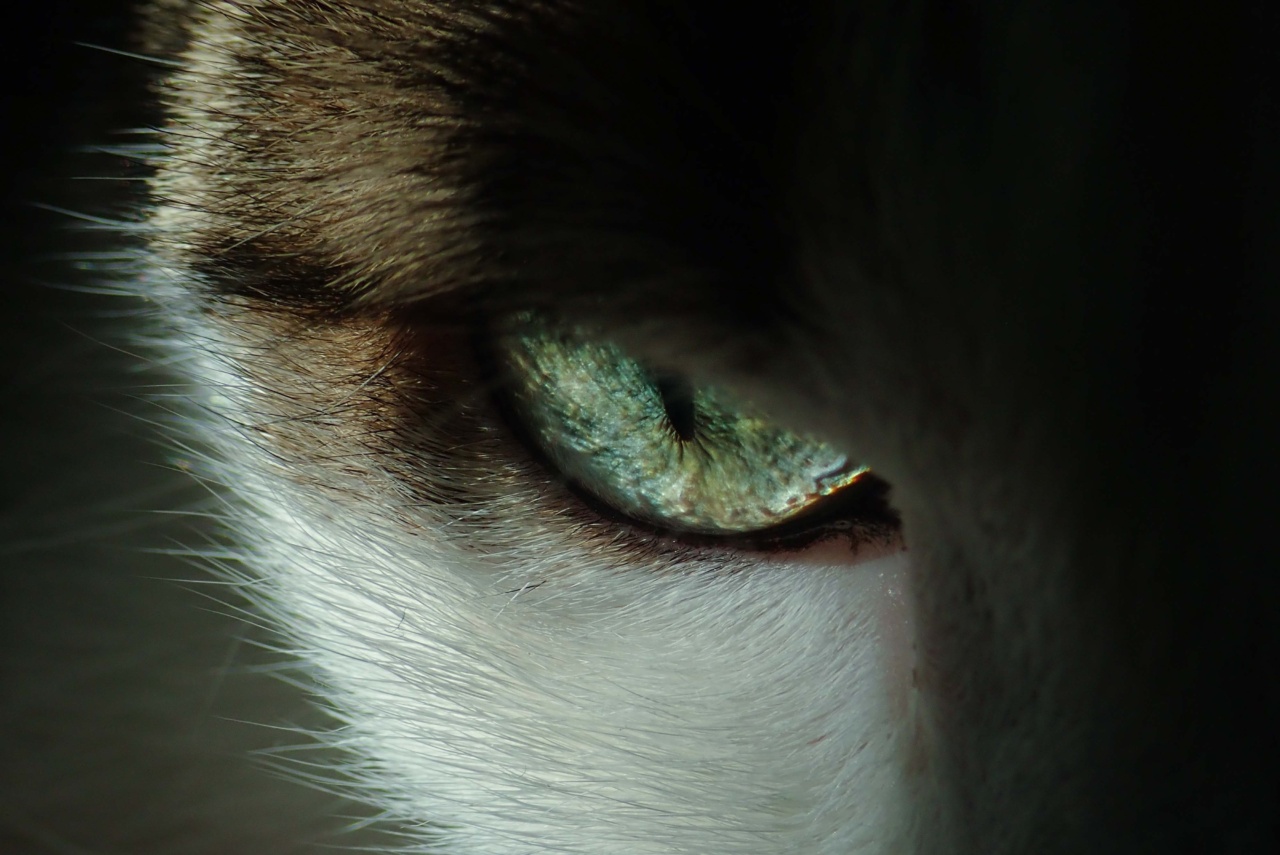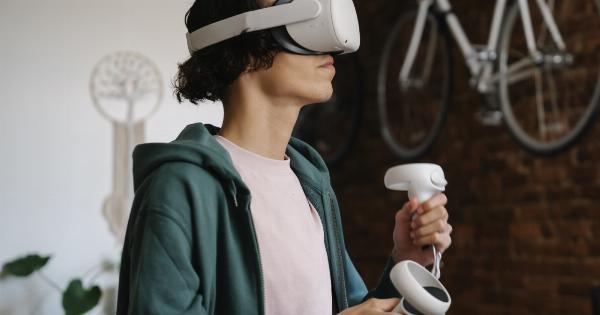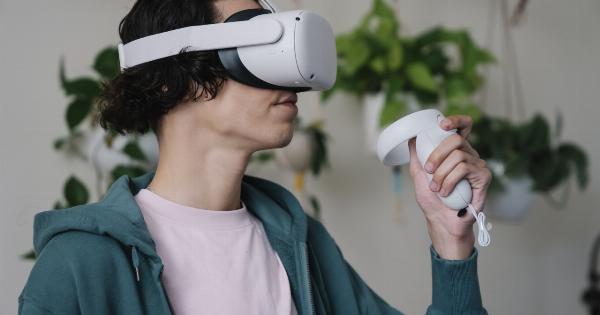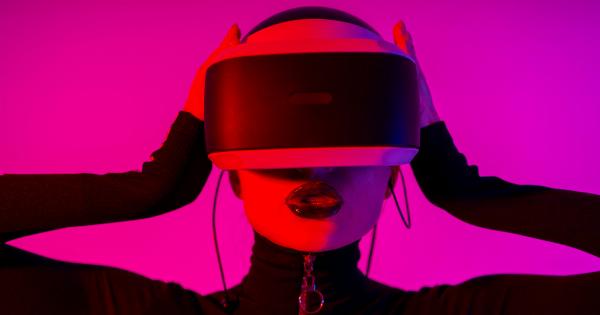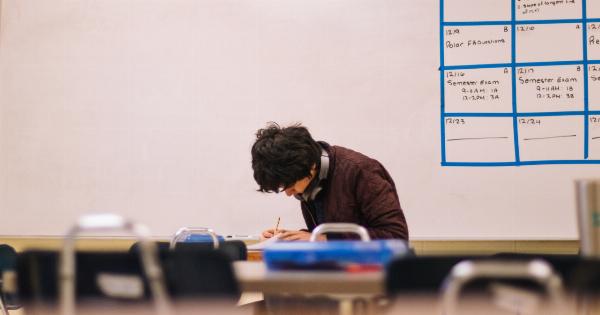Dyslexia is a learning disorder characterized by difficulties in reading, writing, and spelling. It is estimated to affect approximately 10% of the population, making it one of the most common learning disabilities worldwide.
While dyslexia primarily affects language processing skills, recent research has suggested that visual impairments may also play a significant role in the development and manifestation of this disorder.
Understanding Dyslexia
Dyslexia is a complex condition that goes beyond simply reversing letters or having poor spelling skills. It is now recognized as a neurological condition that affects the way the brain processes written and spoken language.
Individuals with dyslexia often experience difficulties with phonological awareness, rapid naming, working memory, and processing speed, all of which impact their ability to read and write.
Visual Processing and Dyslexia
While dyslexia is primarily associated with language-based difficulties, research has shown that visual processing deficits may play a crucial role in its development.
Visual processing refers to how the brain interprets and makes sense of visual information. Various visual skills, such as tracking eye movements, perceiving depth and distance, and identifying shapes and patterns, contribute to efficient reading and writing.
Some individuals with dyslexia may exhibit deficits in visual skills, making it harder for them to accurately and quickly process written words. For example, difficulties in tracking eye movements can lead to skipping or misreading words or lines.
Problems with depth perception can affect the ability to distinguish between letters like ‘b’ and ‘d.’ Struggles with recognizing shapes and patterns can hinder letter and word recognition.
Evidence of Visual Processing Deficits in Dyslexia
Several studies have documented the presence of visual processing deficits in individuals with dyslexia.
One such study conducted by Helen Irlen found that a significant percentage (around 45%) of individuals with reading difficulties had an underlying visual processing problem known as Irlen Syndrome. This condition is characterized by difficulties with contrast sensitivity and visual perceptual distortions, which can significantly affect reading ability.
Other research has shown that individuals with dyslexia have impaired visual motion perception, making it harder for them to process moving objects or follow the flow of text.
Deficits in visual-spatial attention, which involves the ability to focus and shift attention to relevant visual information, have also been observed in individuals with dyslexia.
The Visual-Vestibular Connection
The visual system is closely connected to the vestibular system, which contributes to our sense of balance and spatial orientation. Research has indicated a potential link between dyslexia and vestibular impairments.
One study found that individuals with dyslexia tend to have weaker vestibular function compared to their non-dyslexic peers. This connection between vision and vestibular processing suggests that difficulties in perceiving and integrating visual and spatial information might contribute to dyslexia.
Assessing Visual Skills in Dyslexia
Identifying visual processing deficits in individuals with dyslexia is essential to provide targeted interventions and support. Comprehensive visual assessments can help identify specific areas of visual impairment and guide appropriate interventions.
These assessments may include tests for visual acuity, contrast sensitivity, tracking eye movements, visual perception, and visual-spatial skills.
Interventions for Visual Processing Deficits
When visual processing deficits are identified in individuals with dyslexia, targeted interventions can be implemented to support their reading and writing skills.
These interventions may involve exercises and activities to improve visual tracking, enhance contrast sensitivity, develop visual-spatial awareness, and strengthen visual attention.
Corrective lenses, such as colored overlays or precision tinted lenses, may also be prescribed to enhance visual processing and reduce visual distortions.
Additionally, assistive technologies, such as text-to-speech software or digital reading devices, can provide alternative ways for individuals with dyslexia to access written material.
The Multidimensional Approach to Dyslexia
Understanding the role of vision in dyslexia highlights the importance of a multidimensional approach to intervention and support.
While improving language-based skills remains crucial, addressing visual processing deficits can significantly enhance a dyslexic individual’s overall reading and writing abilities.
By recognizing the impact of visual impairments on dyslexia, educators, parents, and healthcare professionals can collaborate to create effective interventions that target both language and visual processing skills.
This holistic approach can empower individuals with dyslexia to overcome challenges and reach their full potential.
Conclusion
Dyslexia is a complex learning disorder that involves difficulties in processing language. However, recent research suggests that visual impairments also play a significant role in dyslexia.
Visual processing deficits, including difficulties with eye tracking, depth perception, and shape recognition, can hinder reading and writing skills. Identifying and addressing these visual processing deficits can lead to more targeted interventions and improved outcomes for individuals with dyslexia.
